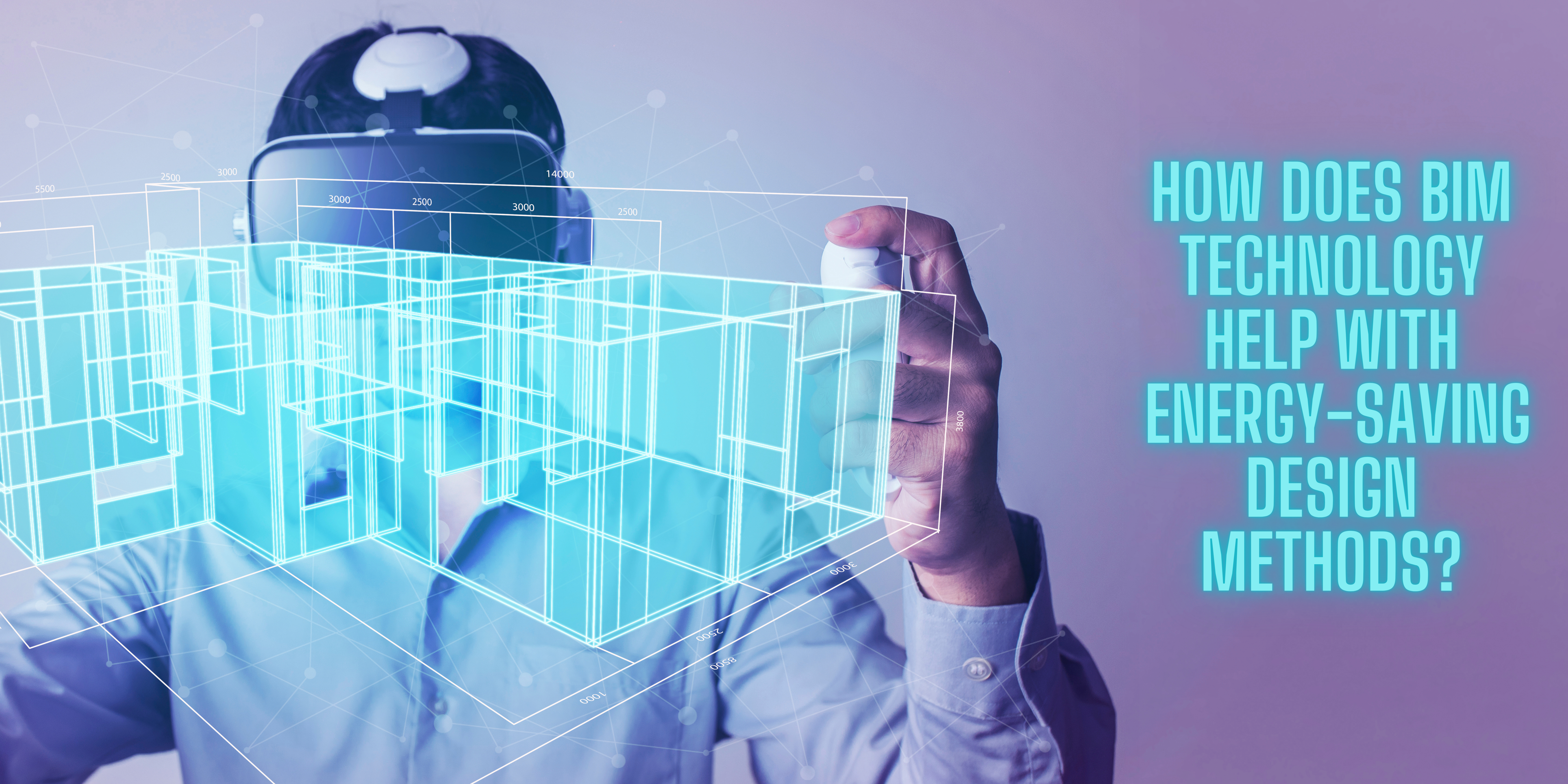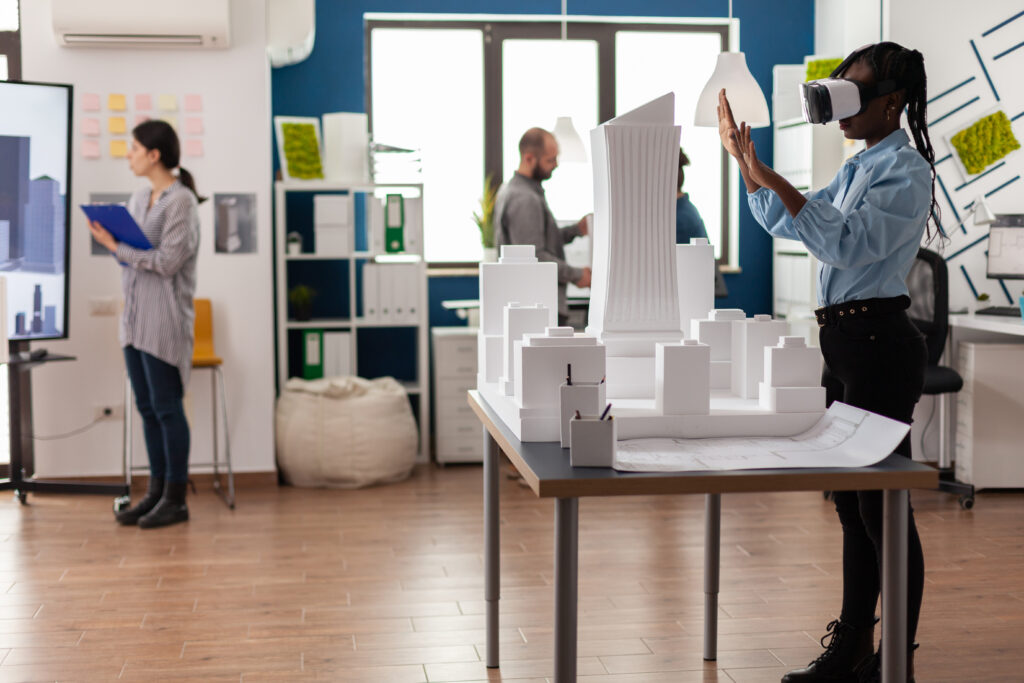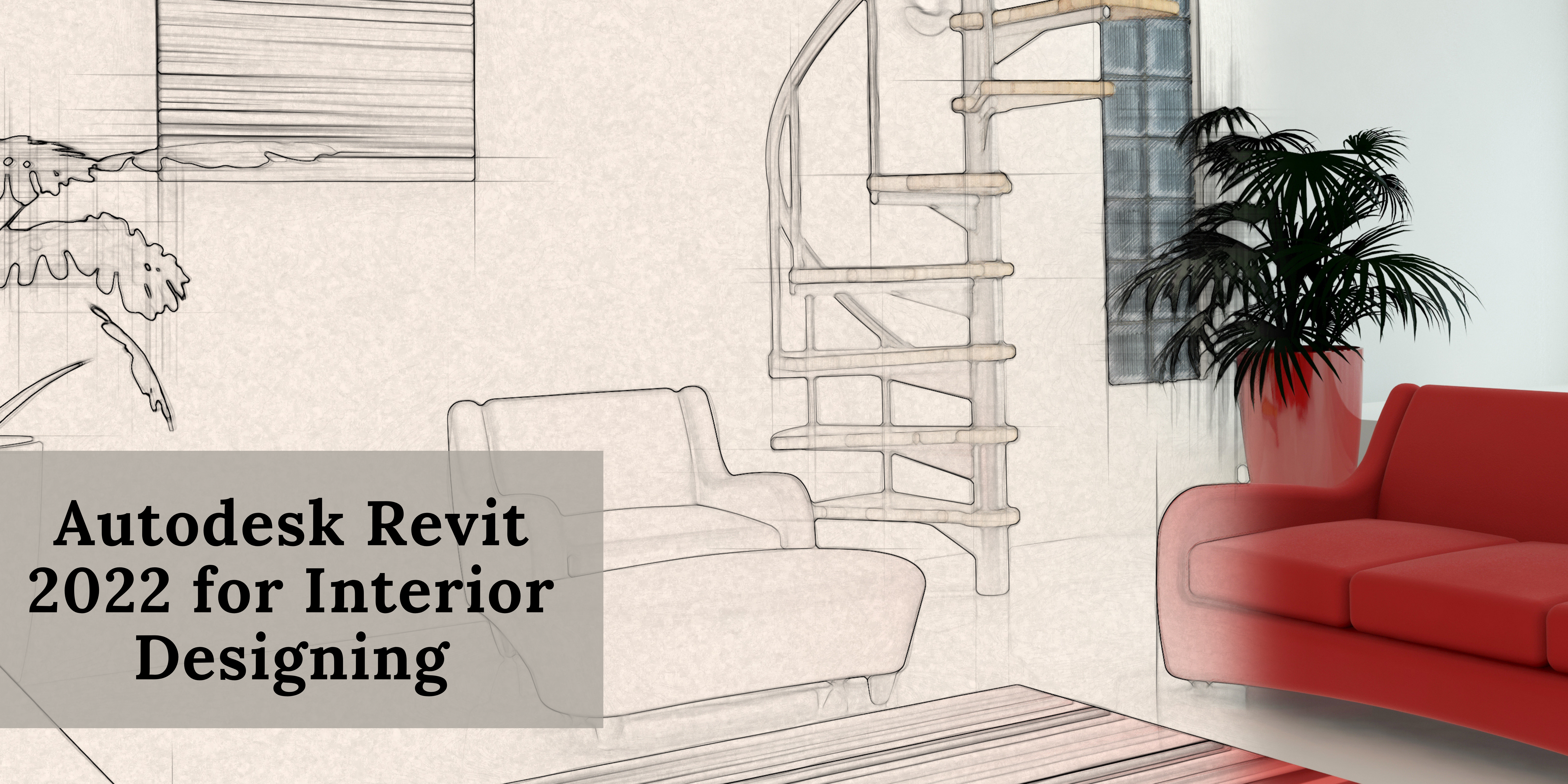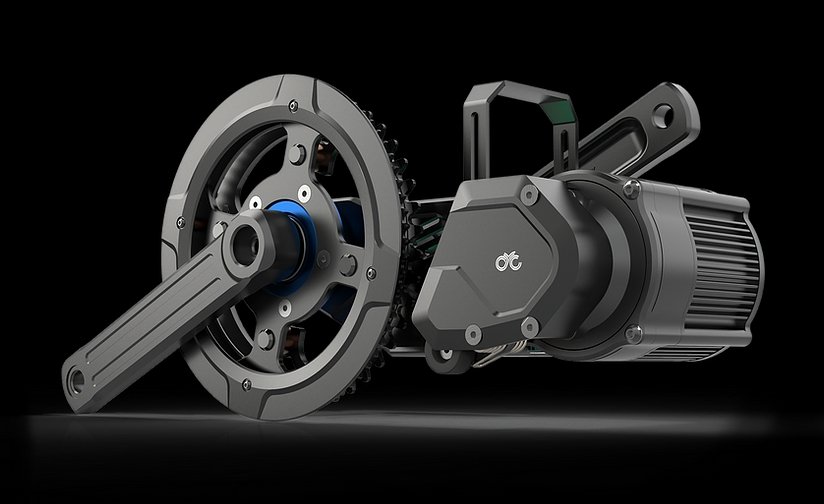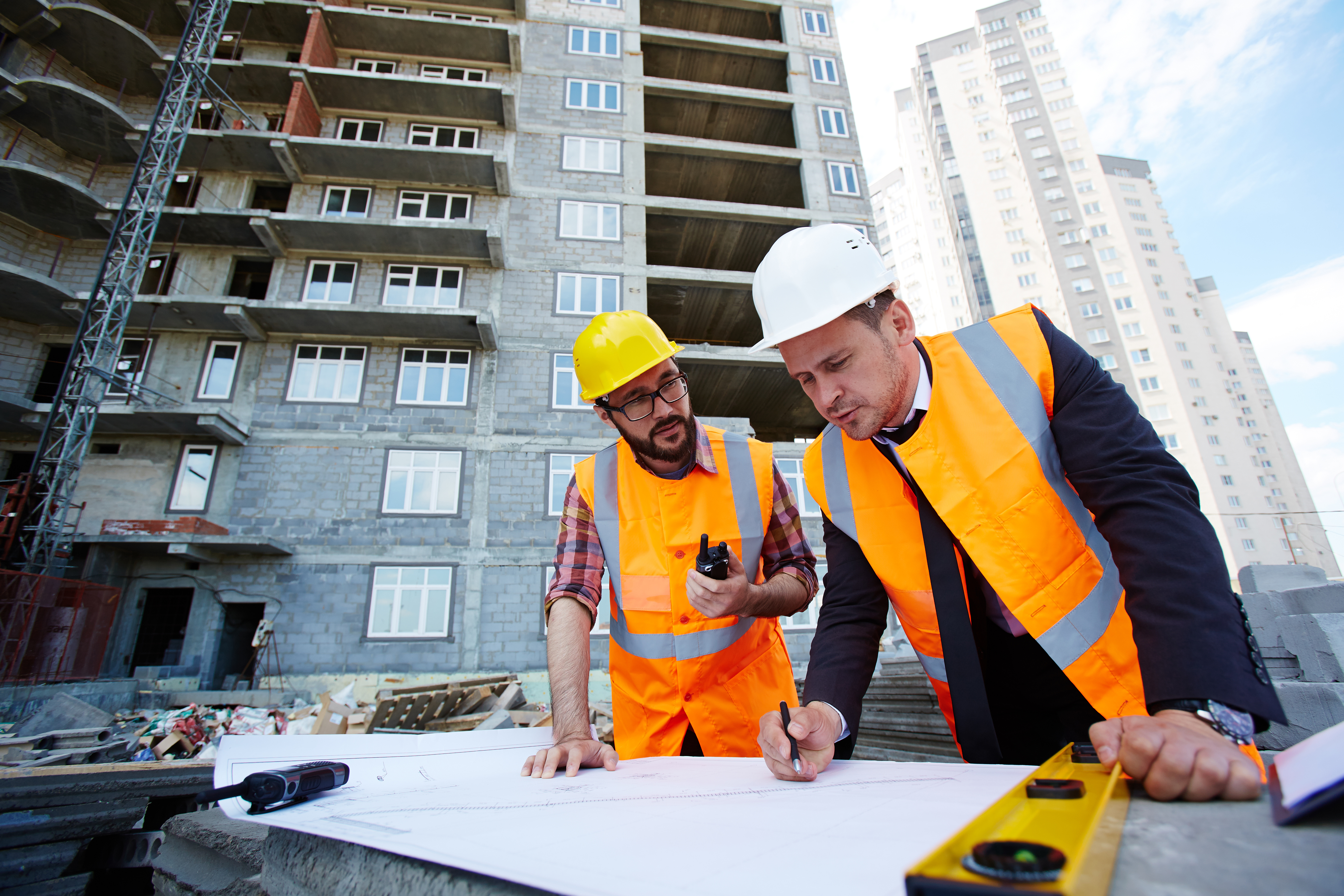Introduction to BIM Technology
Building Information Modeling (BIM) is revolutionizing the construction industry, emerging as a groundbreaking technology that enhances project efficiency and collaboration. Considered a significant advancement after computer-aided design (CAD), the BIM methodology integrates various processes and professionals into a cohesive platform, utilizing intelligent 3D virtual models to streamline engineering tasks.
Enhancing Project Integration and Coordination:
BIM simplifies the incorporation, compatibility, and connection of various elements within the construction industry. By providing a detailed 3D modelling view of a project, BIM encapsulates all parameters and mechanisms, facilitating effective information transfer that enhances building design and presentation. This technology minimizes data loss during information exchange and prevents unwanted duplication, ultimately fostering better construction coordination.
Improving Knowledge Sharing and Decision-Making:
A comprehensive BIM course can significantly enhance knowledge sharing and management, reducing the time and cost associated with constructability issues and project coordination. By allowing architects and structural engineers to visualize modifications and identify conflicts, BIM supports immediate decision-making. This capability significantly reduces rework, optimizing project timelines and costs.
Automating Engineering Processes:
BIM technology automates detail engineering and documentation processes, traditionally reliant on manual methods. By detecting errors in advance and automating variables, BIM enhances workflow efficiency, ultimately reducing work times and improving overall project quality.
BIM’s Role in Sustainable Design
In several developed countries across the Americas and Europe, the adoption of BIM technology for construction projects has surpassed traditional methods. Architects and engineers leverage BIM applications to analyze sustainability factors such as daylighting and energy consumption. This integration enables seamless sustainability analysis within the design process, allowing designers to utilize existing building data to refine early-stage configurations for new designs.
Factors Affecting Energy Use in Buildings:
Multiple factors influence a building’s energy consumption, including location, size, shape, and internal components. By optimizing these factors, BIM contributes to improved energy efficiency, reducing the need for extensive heating and lighting systems. In the energy simulation process, BIM empowers users to evaluate energy performance effectively, laying the groundwork for high-potential sustainable building designs even before construction begins.
Conclusion:
In conclusion, BIM technology stands as a powerful ally in developing energy-saving design methods within the construction industry. By enhancing project integration, facilitating knowledge sharing, automating processes, and promoting sustainable practices, BIM significantly contributes to energy efficiency and overall project success. For those looking to master these techniques, enrolling in a BIM course at CADD Centrecan provide essential skills and knowledge to lead in energy-efficient design.
FAQs
How does BIM technology contribute to energy-saving design?
BIM technology helps optimize building energy performance by allowing architects and engineers to analyze factors such as energy consumption, lighting, and ventilation early in the design process. This enables the creation of more energy-efficient structures by simulating and adjusting these factors before construction begins.
How can I gain expertise in using BIM for sustainable design?
To gain expertise in using BIM for sustainable design, enrolling in BIM courses at CADD Centre can provide hands-on experience with tools like Revit. These courses teach how to leverage BIM technology to analyze and enhance building energy performance.
What are the key factors in a building’s energy efficiency that BIM can optimize?
BIM can optimize several factors affecting a building’s energy efficiency, including location, orientation, insulation, lighting, heating systems, and airflow. By using BIM to model and simulate these variables, designers can create more efficient buildings with lower operational energy needs.
How does BIM assist in sustainable building design?
BIM integrates sustainability analysis into the design phase, allowing architects to evaluate factors like energy usage, daylighting, and material sustainability. This helps create designs that are not only energy-efficient but also environmentally friendly, contributing to reduced carbon footprints.
What are the benefits of incorporating energy analysis in the BIM process?
Incorporating energy analysis in the BIM process allows for early identification of energy-saving opportunities, reducing the need for costly modifications later. It ensures that the building will be energy-efficient from the outset, lowering long-term operational costs and improving environmental performance.
Why is BIM widely adopted in developed countries for energy-saving designs?
Developed countries, particularly in the Americas and Europe, have embraced BIM for its ability to integrate sustainability analysis seamlessly into design processes. Its advanced simulations help achieve energy-efficient building designs, making it the preferred method in these regions.
